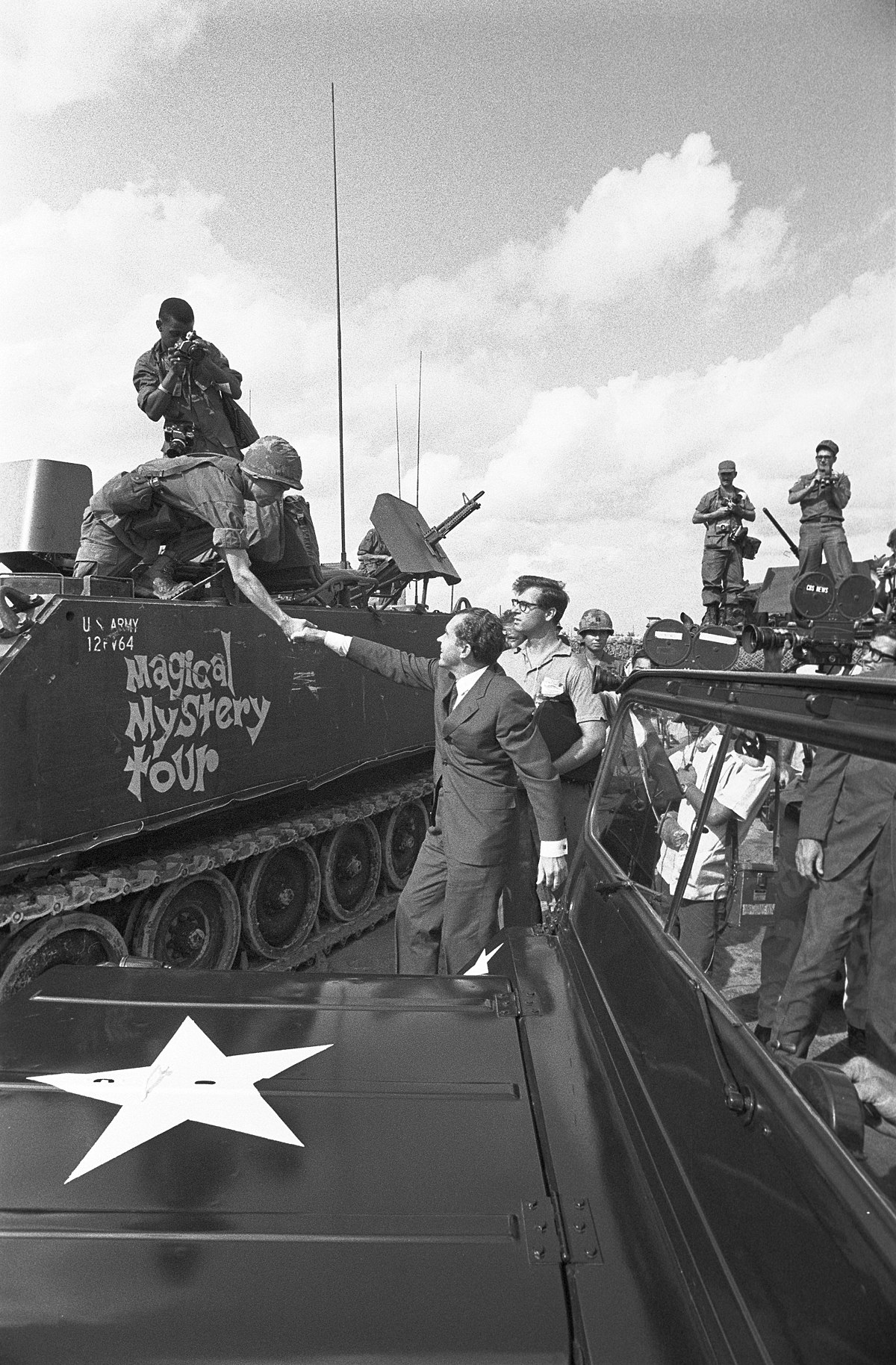
Vietnamization
VietnamVietnamization was a strategy implemented by the Nixon administration aiming to end U.S. involvement in the Vietnam War by progressively expanding, equipping, and training South Vietnamese forces while reducing U.S. troop presence. This approach, sparked by the Viet Cong's Tet Offensive, focused on shifting the ground combat role to South Vietnamese forces but continued U.S. Air Force combat operations and support. Public distrust in the U.S. government intensified due to events such as the My Lai Massacre, the invasion of Cambodia, and the leakage of the Pentagon Papers.
The policy was part of Nixon's broader détente strategy, prioritizing global stability and cooperative international relations over direct military engagement, emphasizing diplomacy with major world powers over the containment of communism. Key elements of Vietnamization included bolstering the South Vietnamese military and extending pacification efforts. However, challenges such as language barriers for ARVN candidates training in the U.S. and the inherent difficulties of pacification underscored the complexity of the initiative. Despite some progress, Vietnamization could not prevent the eventual fall of Saigon or stop the unification of Vietnam under the Socialist Republic of Vietnam, marking the policy's ultimate failure in achieving its long-term goals of a stable, independent South Vietnam.
